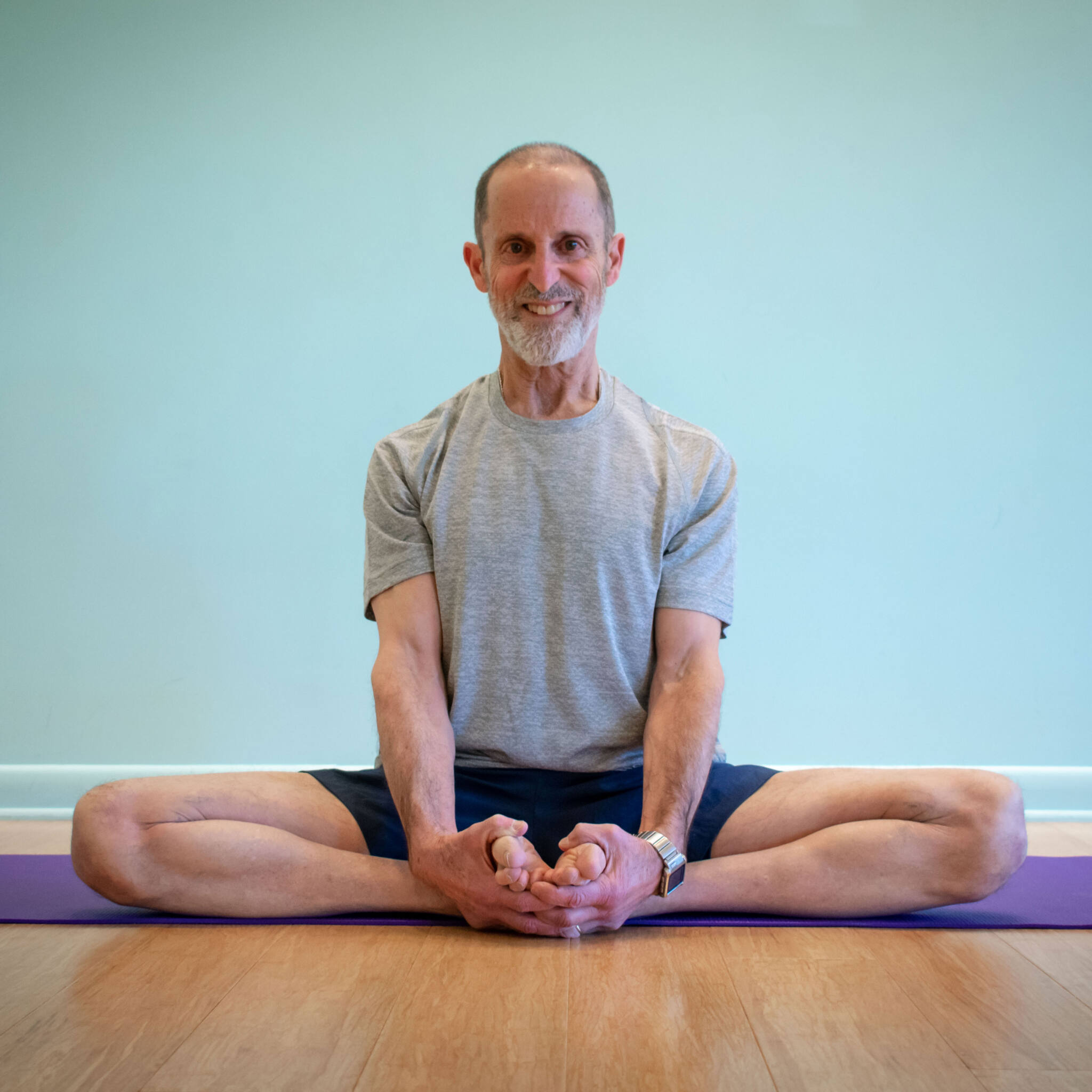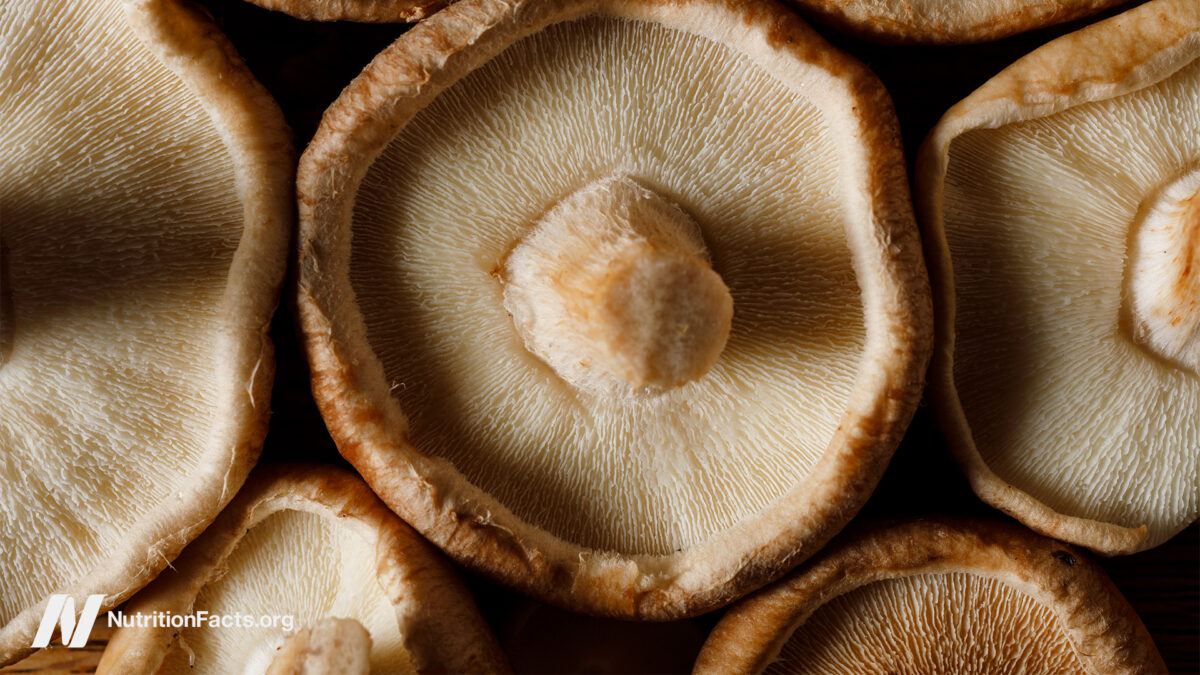A Mother’s Love
Both Amida Buddha and the idealized mother figure are symbols of pure love, says Teresa Shimogawa. Whether we’re male, female, or nonbinary, whether we have children or not, we can each aspire to give that kind of love. The...

Since the beginning of human history in cultures throughout the world, motherhood has been placed on a pedestal as the ultimate form of purest love. The mother is stereotyped as a nurturing caregiver, as a refuge for loved ones, as selfless and self-sacrificing.
We assume women should want to be mothers—and have the capacity to be good mothers—but this expectation is imposed on women who are fundamentally nothing more than human beings.
Despite motherhood having almost a sacred role in society, the relationship evokes complex feelings. There are mothers who have lost children, and children who have lost mothers. There are people who have strained relationships with their mothers, and mothers who have strained relationships with their children. While some women have chosen not to be mothers, others are yearning to be mothers. Some mothers do motherhood in ways they did not expect, and there are people who are not biological moms doing the job of a mother. Motherhood is not one-size-fits-all.
There is the ideal of the mother’s love, and then there is the reality of a person’s encounter with it, either as the child or as the mother or both. When we celebrate something like Mother’s Day, we can feel pressure to honor that one traditional version of a mother’s love, and it can cause complicated emotions and pain because that is not everyone’s reality.
I’m one of the mothers who is doing motherhood in a way I did not sign up for. I always wanted to be a mom. I used to play with Cabbage Patch Kids, and I babysat every week from the age of twelve until I got married. I came out of the womb with maternal instincts.
I followed society’s recommended timeline for having children: I went to college, started a career, got married, bought a house, and then planned each one of my kids down to the day. A Type-A planner, I had many expectations that I’d been dreaming of since I was a little girl. I wanted several kids. Four at least, maybe five.
Then one day, my husband unexpectedly passed away, and I became an only parent. Words cannot capture the pain I felt suddenly becoming a single mother of three small children.
 Photos by Martine Doucet / istock.com; VisualSpace / istock.com; Cavan Images.
Photos by Martine Doucet / istock.com; VisualSpace / istock.com; Cavan Images.Single moms are often stigmatized in society. I had done everything I was supposed to do, and yet the rug was pulled out from beneath me. I felt wronged by the universe and frustrated that there was not a grievance department that could fix it.
I’d had a supportive partner who shared all aspects of parenting with me, so it was a shock to my system to have to do everything on my own. Single parenthood as a widow is the toughest, loneliest job that I will ever do; it’s a grueling pace of often invisible work, surrounded by social circles that can never fully understand. I knew being a parent would be hard, but this is not how I envisioned being a mother.
Yet, it is also the most rewarding hat I wear. My kids have kept me centered in this crazy world. My number one priority has been to give them a life as close as possible to what they might have had when their father was here. I know I can never duplicate that previous life, but it is an ideal, a standard, a high bar that I strive for. It is my mother’s love for them.
“The love of the mother, like Amida Buddha, is deep, compassionate, accepting, and nurturing. And we can, right now, show others that love.”
I come from a long line of emotionally distant mothers, so on the flip side I have stories for days about how it feels to be on the receiving end of complicated love from a mother and how much I strive to break that cycle with my own kids.
It’s complicated—grief, being a mother, being a human. It’s not all warm cooked meals and cozy bedtime stories.
I’m also a teacher. When I had children, it changed me as a professional. I got softer. I started accepting late assignments from students and adopting flexible policies that took into account everyone’s complex circumstances. It was easier to see other people’s kids as my kids, and my kids as other people’s kids. When I’m at my very best, I don’t see any difference between my kid and your kid. After I became a mother, I thought more about how I wanted my own kids to be treated. It became personal. Yet, I have colleagues who never had their own biological children and who have always been more loving than me, so I know this kind of love is not limited to women who give birth. It’s not even something limited to women. My husband, who was also a teacher, had more mother’s love as an educator than I ever did.
To me, this ideal of a mother’s love is like Amida in Shin Buddhism. I struggled with the concept of Amida Buddha, much like I sometimes struggle with motherhood. In Shin Buddhism, Amida represents a dynamic spirit, ultimate reality, and buddhanature. One of the innumerable buddhas in Mahayana Buddhism, Amida is known for boundless compassion that is nonjudgmental and all-embracing. Amida represents Shakyamuni Buddha and the dharma. It isn’t a god. It isn’t a real person.
Coming from a Catholic background, it took a long time for me not to see Amida as godlike. In my mind, if it wasn’t a god, what could it be? I wanted a concrete answer, but everyone seemed to have a different understanding.
Shinran Shonin, the founder of Shin Buddhism, referred to Shakyamuni Buddha as the kind father and Amida Buddha as the mother of loving care. Their compassionate guidance awakens supreme shinjin in us, that is, a sincere mind, free of doubt. Of course, Shaykamuni and Amida are not our biological parents, but they are sources of love that can nurture our existence in this world of suffering. Amida is a teacher. An ideal. A source of inspiration and guidance. It is an attempt to conceptualize something bigger than ourselves.
 The author and her family. Photo by Jessica Boltman Photography.
The author and her family. Photo by Jessica Boltman Photography.
Amida is that mother’s love of the highest ideal, the warmest embrace you can ever imagine taking solace in, a refuge, a place of safety and security. It’s something you don’t have to think about being there for you; you just know that it is. That compassion can come from buddhas. We are all capable of becoming buddhas.
Dr. Nobuo Haneda, a noted Shin Buddhist scholar, translator, and teacher, explained that for Mahayana Buddhists—the umbrella under which Shin Buddhists practice—the most important aspect of Buddhism is not the ideas and concepts produced by Siddhartha Gautama, but rather the creative spirit of his legacy. According to Dr. Haneda, Mahayana Buddhists are interested in the source of inspiration that produced Shakyamuni. For them, this is the dharma, the universal buddhahood, the spirit behind the concept and symbol of Amida.
I think about the concept of motherhood in a similar way. The ideal mother is someone in whom we can take refuge. She is there for us during our lowest lows and highest highs. She is our cheerleader, always. She knows just when to show up, and also when to back down. She reminds us of our favorite foods and our best childhood moments. Our mother is our source of inspiration, our everything. She can be the most prominent fixture in our lives and also fade into the unassuming background. She’s a foundation on which we now stand tall, but maybe we can’t always fully explain or understand her.
This mother I am describing is the spirit of a mother’s love, not what each person may actually have in their mother. It is an ideal. We know that children with healthy mother–child relationships grow up to be happier people. We know that the mother’s love is a good thing. But mothers are human.
If you look at a physical representation of Amida, there are several points to notice. First, it is important to note that the statue is symbolic. It is a depiction of a truth that is inconceivable. It does not represent a real person.
The standing Amida leans slightly forward to represent the wisdom and compassion that move to affirm us. You’ll notice Amida’s robe is open at the heart, symbolizing generosity. Amida’s hand positions, known as mudras, symbolize an assurance that we can come as we are. Everyone is accepted. Nobody is rejected.
Amida’s welcoming affirmation helps us awaken to our unique potential as human beings. This is a lot like what the ideal mother does. She has infinite wisdom and compassion to share with us, to shape us, mold us into the best possible version of who we can be. She affirms us. She’s generous and accepts us for who we are. She does not reject us. She sees our full potential. She roots for us. Loves us. Encourages us.
What does she look like? Does she wear an apron and a 1950s house dress and bake cookies for us? My daughter might say she wears mom buns like me. My niece and nephews recently lost their mom—my sister-in-law—and they said her favorite hat was one that said “mama.” She also carried around a tote bag with her grown children’s picture on it. They thought it was dorky at the time, but once she unexpectedly passed away, they realized it was a testament to her deep and unwavering love for them as their mother. When I think of my sister-in-law, I think of a mom who was all in. She would do anything for her children.
I think the reality is, there is no one reality. I can’t tell you what the ideal mom looks like. It doesn’t matter what she looks like. What’s important is the love and spirit she shows in your interactions with her; it is a love and spirit that can transcend all barriers, so maybe you might not even encounter it in your mother at all, but maybe from a teacher, or a neighbor, friend, mentor, colleague, whomever.
Just like the spirit of Amida, Shakyamuni, or other buddhas, I suspect a mother’s love is also inconceivable. We might have an idea about what it feels like, but it’s difficult to write the equation. Not all of us will be able to successfully duplicate the perfect recipe for a mother’s love. There is no manual to teach us how.
I had a great friend and mentor who got me into teaching. He helped me get the job I have today. He was nurturing and kind, thoughtful and encouraging. When I got my first contract job, he sent me flowers. When I had my first baby, he sent me flowers. He always rooted for me, and when he passed away, I felt a deep loss. His “mother’s love” had been the wind beneath my wings in early adulthood, and one of my deepest regrets to this day is that I didn’t do enough to reciprocate. Like a child, I received it gratefully but didn’t think to do the same for him. He and others I’ve encountered are what I like to call “mini bodhisattvas,” people who sprinkle the world with their love.
I have a colleague who always remembers to bring little treats to show her gratitude. I have another colleague who brings me cookies on special occasions, like the anniversary of my husband’s passing, and another friend who sends me thoughtful cards filled with poignant words. These are people who find ways to affirm others. I think that doing something for others, knowing you likely won’t get it all back in any sort of tangible way, is the essence of a mother’s love. As I get older, I think about how I want to show up in the world, and it’s these people who inspire me—those who sprinkle the world with love with no expectations.
 Photos by Canvan Images and Lise Gagne.
Photos by Canvan Images and Lise Gagne. If your mother has all of the ideal characteristics of a mother, you are lucky. Cherish her. I aspire to be this for my own children, yet I know I fall short. A big part of becoming a practicing Buddhist for me was to handle my grief and unexpected circumstances in a way that would enable me to continue to enjoy my life. I wanted to be the best possible mother for my children, a mother who could still enjoy the journey with them. I did not want to miss out on their childhoods by being consumed with grief. I spent my entire life wanting to be a mother. This was my chance. But it is a journey. A work in progress. We are human, we are all flawed, imperfect. But there is an ideal for us to conceptualize, and by listening to the dharma, it washes over us, teaches us, and eventually becomes a part of who we are. You can do this for others. It doesn’t matter who you are.
Chanting the nembutsu, that is chanting Namo Amida Butsu, which can be translated as “Mindfulness of Amida Buddha,” is a central Shin practice. This vocalization, Rev. Dr. Kenji Akahoshi explained for Lion’s Roar, “is not a petition for a better life, nor is it expressing devotion to a deity. It’s a deeply spiritual experience, which is difficult to describe. The simple answer would be to say it’s an expression of gratitude. . . . The nembutsu reminds us of the singularly unique gift of human life; this gift of life is due to the efforts of others, not due to our personal efforts.”
This gift of life is like all the mother’s love we have experienced in various forms throughout our lives. We are who we are because of the love we have received from others.
The love of the mother, like Amida Buddha, is deep, compassionate, accepting, and nurturing. And we can, today—right now—show others that love. This kind of love is the glue of our interdependence. Loving our own children is only part of the equation. Imagine what this world would look like if we all made a habit of showing that ideal love to strangers, even the rude ones. To colleagues, even the ones we can’t stand. To classmates, even the ones who annoy us. To neighbors, even the grumpy ones. To people standing in line, even the ones who cut in front of us. To other drivers on the road, even the ones with road rage.
Imagine what this world would look like if we all made it a habit to be patient even when others are unkind. To be helpful even when others are inconsiderate. To care, even when others don’t. To be accepting, even when others choose to discriminate. To hold space for others, especially when we think they take up too much space. To be encouraging, even when others aren’t. To do better when we realize our mistakes.
We have all benefited from others who have shown us that kind of love. People whose names and faces we might never remember, but who at some point in our lives took care of us and nurtured our existence.
I aspire to be this love for others. To raise children who will be this love, and whose children will also be this love. I want to be the brightest link in this golden chain of love, letting my mother’s love shine so bright that it positively impacts others, even people I don’t know.

Teresa Shimogawa is a minister’s assistant at Orange County Buddhist Church. As a veteran civics teacher at a public high school, her day job is teaching students that democracy is a verb. She says her greatest accomplishment is raising three children on her own, choosing joy after the loss of her husband.

 MikeTyes
MikeTyes 



















![The 2026 AI Search Benchmark Every SEO Leader Needs [Webinar] via @sejournal, @lorenbaker](https://www.searchenginejournal.com/wp-content/uploads/2025/11/1-259.png)












